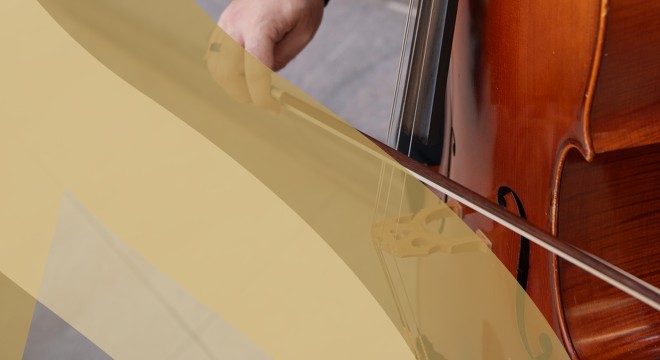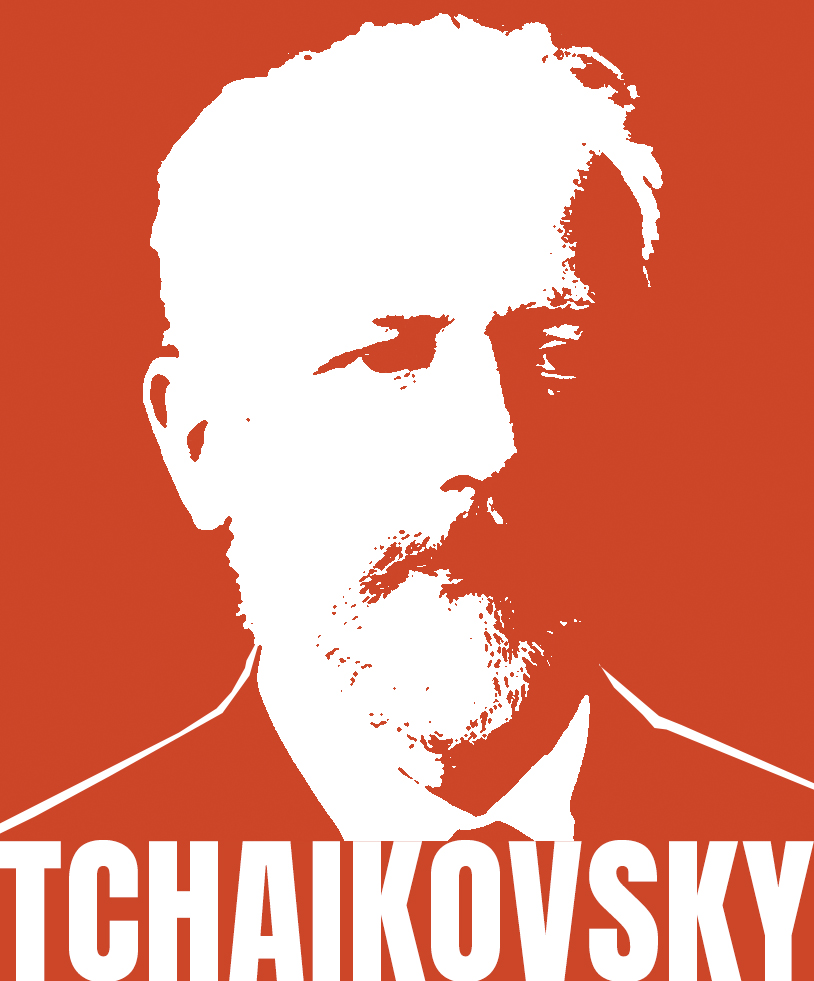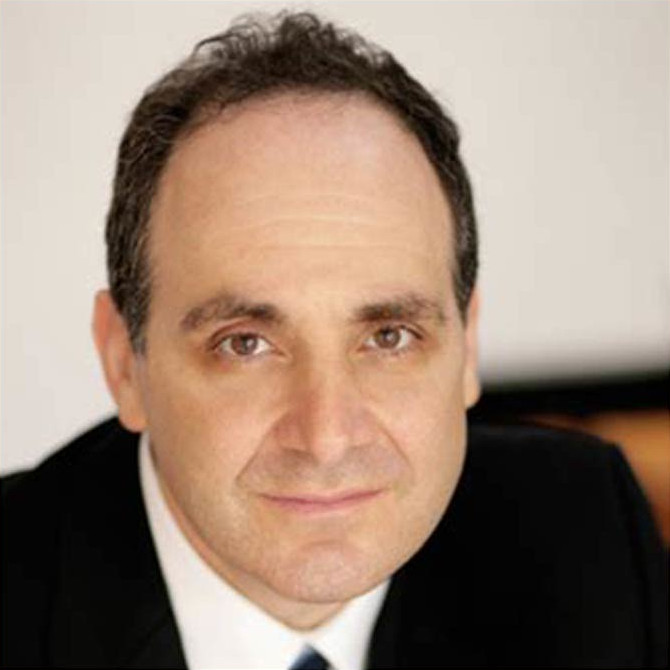Overture to Goethe’s Tragedy Egmont, Op. 84
Ludwig van Beethoven (1770-1827)
Beethoven had tremendous respect and affection for Johann Wolfgang von Goethe (1749-1832), the poet, playwright, critic, journalist, novelist, painter, natural philosopher and scientist who was revolutionizing Germanic literature as Beethoven was revolutionizing music. “I read Goethe every day,” declared Beethoven, “when I read at all.” He had already set several of Goethe’s poems to music and must have been overjoyed when he was asked in 1810 to write incidental music for one of Goethe’s most popular plays, Egmont.
He responded with nearly an hour of music, including four entr’actes, two songs for Clara (Egmont’s fictional fiancée), a melodrama, a description of Clara’s death, and a concluding “Victory Symphony.” But the glory of the set is undoubtedly the overture—one of music’s truly great overtures.
What did Beethoven have in mind when he went about composing this overture? Just how much was he trying to relate the Egmont story with specific musical references to events in the play? Goethe’s 1787 play tells the story of Count Lamoral d’Egmont, historical hero of 16th-century Holland, who as military commander, statesman and eventual martyr inspired his compatriots to throw off the oppressive Spanish yoke and establish the Netherlandish Republic.
While following the strictures of classical sonata form, Beethoven seems to want to put as much dramatic description into his overture as he can. Clearly the glorious fanfares of what Beethoven called the “Victory Symphony” (which appears as the coda of the overture) are deliberately descriptive. But do earlier passages reflect parts of the play? Do the opening heavy minor chords—redolent of the Spanish sarabande—depict the oppression of Spain? Does the quick tempo after the introduction represent the dashing figure of Egmont? Are the delicate woodwind phrases in the development evocative of young Clara? Does the abrupt cutoff of the violins right before the coda symbolize Egmont’s beheading?
Beethoven, of course, never told us. But by filling his great overture with suggestions of tone painting, he opened the door for the next generation of composers to see the possibility of a new genre, a new vista in which music would take on the task of truly telling a story. Beethoven himself never walked through that door. His classical roots were too strong to allow him to yield to the romantic temptation to paint pictures in music. Beethoven’s form remains classical: a sonata preceded by a slow introduction and followed by a victorious coda. There are certainly suggestions of descriptive imagery and outbursts of romantic emotion, suggestions that would allow later composers to go further, but, in Beethoven’s Egmont, they doggedly remain shaped by the composer’s powerful craft into absolute musical form.
~Jere Lantz







